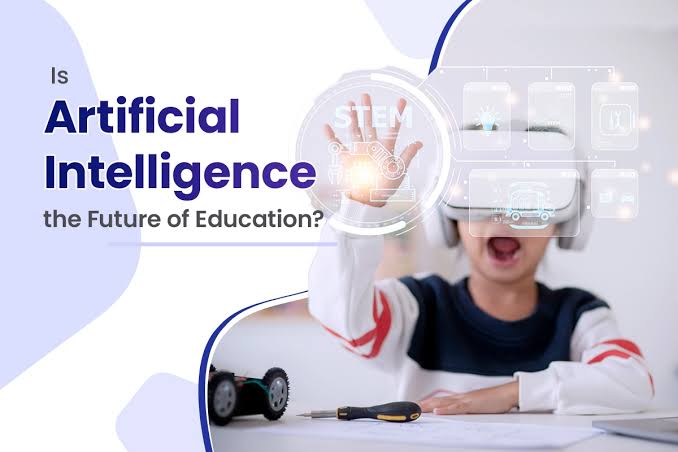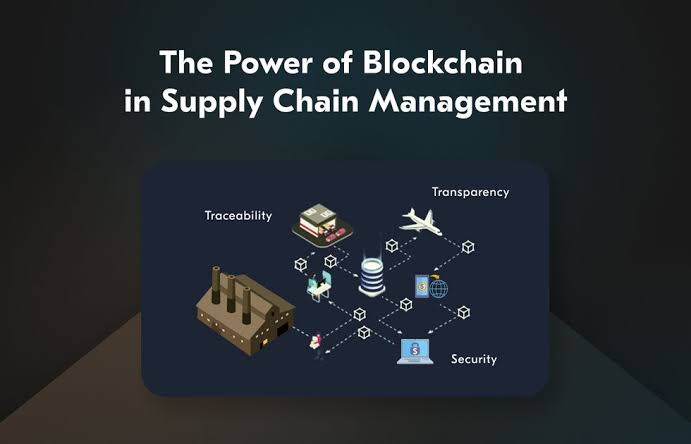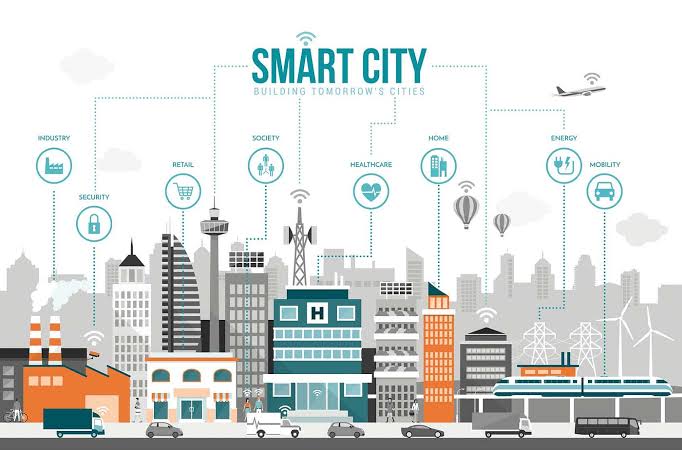As of July 2025, artificial intelligence (AI) is playing a transformative role in education across the globe. From personalized learning platforms and intelligent tutoring systems to administrative automation and data-driven insights, AI is reshaping the way students learn and teachers teach. With technology advancing rapidly, AI is no longer just a tool—it’s becoming a partner in the learning process, helping to make education more adaptive, efficient, and accessible.
The integration of AI into education is helping bridge gaps in access, enhance learner engagement, and provide solutions to long-standing issues such as overcrowded classrooms, teacher shortages, and achievement disparities.
Personalized Learning Experiences
One of the most significant impacts of AI in education is the ability to deliver personalized learning. Traditional classrooms often struggle to meet the unique needs of every student. AI-driven systems can now analyze student data to customize content, pace, and teaching strategies.
These platforms:
- Adapt difficulty levels in real time based on a student’s performance
- Offer personalized study plans and feedback
- Identify learning gaps early and provide remedial support
- Encourage self-paced learning that suits each student’s learning style
For example, AI-powered platforms like Squirrel AI in China or platforms built into LMS systems globally use machine learning algorithms to create custom learning journeys. Students receive lessons tailored to their strengths and weaknesses, improving both engagement and outcomes.
Intelligent Tutoring and Virtual Assistants
AI-based tutors and virtual teaching assistants are gaining popularity in classrooms and online courses. These systems simulate human-like guidance and are available 24/7, allowing students to receive support whenever they need it.
These tools can:
- Answer questions in natural language
- Explain difficult concepts through step-by-step instructions
- Track a student’s progress and adjust the material accordingly
- Motivate and guide learners using gamification and behavioral feedback
AI chatbots are also helping learners stay on track by reminding them of deadlines, suggesting study tips, and offering encouragement—all based on their activity and performance.
Enhanced Classroom Management and Teaching Support
For educators, AI lightens the administrative and repetitive burdens that often consume valuable time. Automation tools can handle:
- Grading of multiple-choice and short-answer questions
- Attendance tracking and behavioral monitoring
- Curriculum planning based on student analytics
- Scheduling and resource allocation
With more time freed up from tasks like grading or report generation, teachers can focus on higher-order responsibilities such as lesson development, mentoring, and one-on-one interaction.
Moreover, AI can provide teachers with insights into student engagement and performance trends, helping them intervene early and adjust teaching strategies when necessary.
Supporting Students with Special Needs
AI is proving especially beneficial for learners with disabilities or special education needs. Tools powered by natural language processing, speech recognition, and computer vision are making education more inclusive.
Examples include:
- Speech-to-text tools for students with dyslexia
- AI-powered sign language recognition systems for the hearing impaired
- Text simplification tools for cognitive disabilities
- Visual aids and immersive learning tools like augmented reality for better comprehension
These technologies empower students who might otherwise be left behind, ensuring more equitable access to education.
Automated Language Translation and Learning
Language barriers have traditionally hindered access to education, especially in multicultural or global learning environments. AI-powered translation tools now make it easier for students to access learning materials in their native languages.
Additionally, AI-driven language learning platforms like Duolingo or Babbel use predictive modeling, spaced repetition, and speech evaluation to offer personalized language instruction, making language acquisition faster and more effective.
In diverse classrooms, these tools help bridge communication gaps and encourage more inclusive participation.
Data-Driven Educational Insights
AI collects and analyzes vast amounts of data in real time, offering actionable insights to administrators, educators, and policymakers. This data-driven approach helps:
- Predict student dropout risks
- Assess curriculum effectiveness
- Monitor performance across demographics
- Inform resource allocation and school improvements
These insights can be used to implement early intervention programs, enhance policy decisions, and measure educational outcomes more accurately than traditional methods.
Gamification and Student Engagement
Gamified learning platforms powered by AI create immersive experiences that motivate students through rewards, storytelling, and competition. These systems track student behavior to refine challenges and maintain engagement levels.
AI determines what motivates each student—whether it’s badges, levels, or peer recognition—and modifies the learning experience to keep it exciting and challenging. As a result, students become more active participants in their education rather than passive recipients.
Lifelong Learning and Career Guidance
AI also supports continuous learning and career development. With the workforce evolving rapidly, learners must frequently reskill. AI-driven platforms help adults and professionals:
- Identify skill gaps based on career goals
- Recommend relevant online courses and certifications
- Provide personalized learning roadmaps and adaptive content
- Match learners with emerging job opportunities based on their competencies
Tools like Coursera, LinkedIn Learning, and edX are leveraging AI to tailor content to each learner’s goals, enabling efficient upskilling in an ever-changing job market.
Ethical Considerations and Challenges
Despite its benefits, the use of AI in education raises several ethical concerns:
- Data privacy: Sensitive student data must be protected from misuse or breaches.
- Bias in algorithms: AI systems can unintentionally reinforce inequalities if not carefully designed.
- Over-reliance on automation: Excessive use of AI could lead to reduced human interaction and emotional support in learning.
Educational institutions must ensure that AI tools are transparent, accountable, and inclusive. Policies and governance must evolve alongside technology to protect the interests of students and teachers alike.
The Road Ahead
Looking forward, AI will continue to redefine educational landscapes. The future includes:
- AI-driven virtual classrooms with real-time feedback
- Augmented reality tools for immersive learning
- Predictive learning models that anticipate educational needs before they arise
With responsible implementation and continuous improvement, AI can make education more intelligent, inclusive, and inspiring.
Conclusion
Artificial intelligence is more than a technological upgrade—it’s a catalyst for educational transformation. By enhancing personalization, improving accessibility, and supporting educators, AI is helping to build a more responsive and equitable education system.
In the classroom of 2025 and beyond, the most successful systems will be those that combine AI’s analytical power with the human touch of empathy, creativity, and care. Together, they create a smarter, fairer, and more dynamic future of learning.



